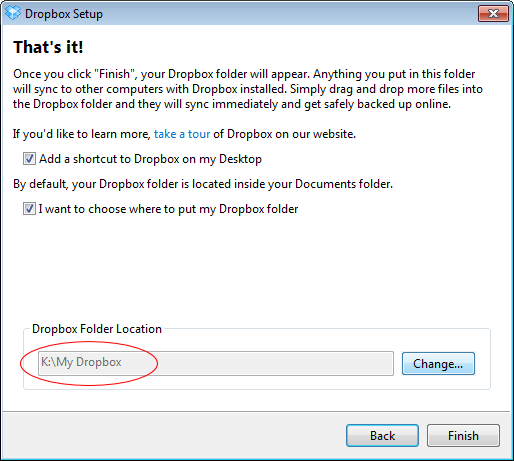Password-protect Files Software

• • • • • • • Microsoft Windows Vista, 7, 8, and 10 users Unfortunately, Windows Vista, Windows 7, Windows 8, and Windows 10 do not provide any features for password protecting files or folders. You need to use a to accomplish this. If you want to a file or folder, this can be done by following these steps: • Select the file or you want to encrypt. • the file or folder and select Properties.
• On the General tab, click the Advanced button. • Check the box for the ' Encrypt contents to secure data' option. • Click Apply and then OK. Note: If the 'Encrypt contents to secure data' option is not selectable and grayed out or you do not see the option at all, you likely have a Home edition of Windows, which does not support this feature. It is also possible that the hard drive where the files are located is not formatted as, as this is a requirement for the encryption feature. Microsoft Windows XP Professional users The steps below for encrypting the files on Windows XP Professional apply to users who are using a computer that has two or more accounts.
If you are using a single account, see the section. • Select the file or you want to encrypt.
• Right-click the file or folder and click Properties. • On the General tab, click the Advanced button. • Check ' Encrypt contents to secure data' option. • Click Apply and then OK.
Note: You will not be prompted to enter a password when encrypting a folder in Windows XP Pro. However, other user accounts on your computer will not have access to files contained in the encrypted folder. Encrypt contents to secure data is grayed out If you are using the Home edition of Microsoft Windows XP, see the. Show 'Encrypt' on the context menu The newest version of also enables you to show the Encrypt option in the context menu. To do this, follow the steps below. • Open TweakUI. • In the TweakUI window, select Explorer.
How to Password Protect Files? Method is always to use a reliable file-security software. Folder Lock is a file-locking and password-protection product that. Got some files you don’t want other people to see? Or maybe they’re just cluttering up your Documents folder, and you want to hide them? Here are a few different.
Powershell Scripts Hacking - Free Software And Shareware. • In the right side of the window under Settings, locate Show 'Encrypt' on context menu and check the box. This option should be below Prefix 'shortcut to' on new shortcuts and above Show 'View workgroup computers' in NetPlaces. • Microsoft Windows XP Home users • Select the file or you want to encrypt. • Right-click the file or folder and click Properties.
• Click the Sharing tab. • Check the box Make this folder private • Click Apply and then OK. Make this folder private is grayed out For this option to work on Microsoft Windows XP Home edition, you must meet the below requirements.
• The hard drive must be formatted in NTFS and not FAT32. • The folder you are attempting to encrypt is your personal folder. For example, if your name is Bob, you must encrypt the following folder, or a folder within it: C: Documents and Settings Bob You cannot encrypt any folders outside of this folder. If you want to encrypt folders outside of this folder, see the section below. Torrent 4media Ipod To Pc Transfer 5.0.1 Crack.
Other security solutions for protecting your files and folders in Windows File and folders not frequently used - An easy way to password protect files is to create an archive of the files using a compression tool. When the archive is created, you can encrypt the contents by specifying a password. Windows ME and Windows XP users - Windows ME and Windows XP come with their own compression utility. This utility can also be used to compress and password protect files. Windows Vista and Windows 7 users - Windows Vista and Windows 7 also include a compression utility. However, password protection for the compressed files is not possible without the use of a third-party software program. Tip: When a file is compressed, users can still view a listing of the files in the compressed file.
If you want both your file names and the contents to be hidden, move all the files into a single folder and password protect that folder. File and folders frequently used or accessed If you need to password protect or encrypt data you frequently use, you need to install a third-party program that allows you to protect your files and folders. Below are some free and commercial solutions. • - A free file and folder zipping utility, which also includes the ability to password protect zipped files and folders. • - An excellent free encryption utility that enables users to encrypt all files within a folder and not allow those files to be viewed unless a passphrase (password) is known.